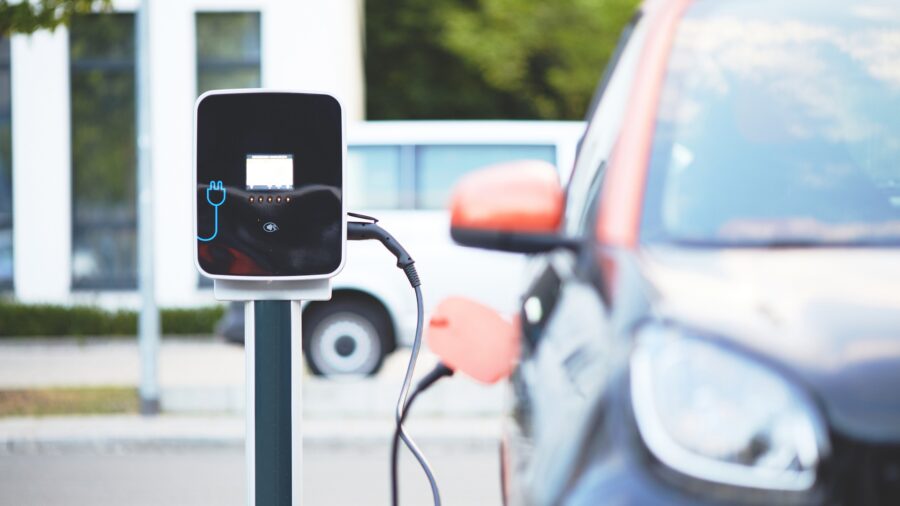Many people stick with what they know and buy the same brand and model of car more than once. When buying an electric car (EV), you may need a different mindset. Here is why you might buy an EV in 2024 and why you may prefer to wait.
Why would you buy an EV?
The most popular reason for buying an EV is to help create a cleaner environment.
In a recent survey by Zing Insight, two thirds said they would buy an EV because there are no exhaust emissions. Just over half, up from 45% last year, wanted to buy one for lower running costs. Some buyers are keen to reduce their dependence on fuel. Others appreciate the smoother, much quieter driving experience. Finally, prices for electric cars at last seem to be falling to more reasonable levels.
No emissions – Most EV buyers in the Zing survey were focused on no exhaust emissions. Even though EV manufacture creates more emissions than fuelled vehicles, research says using them over time more than compensates. This point is even more compelling if you also charge your EV with solar or renewable electricity.
Lower running costs – Many people understandably want to save money. Fortunately, electric cars need less servicing and some manufacturers offer free servicing in the early years. Meanwhile, you won’t have to buy fuel anymore. NRMA says:
- Average EV drivers save $810 to $1,400 each year, up to $7,000 over 5 years.
- Frequent drivers, say 20,000 kms per year, save $10,000 on fuel alone in 5 years.
Driving experience – Driving an EV is not the same as driving a fuelled vehicle because it’s silent and very smooth. These cars deliver instant torque, which means a lot to drivers who prefer a sportier experience.
No fuel dependence – Owners appreciate the fact they no longer depend on fuel, fuel prices or fuel security for their daily transport.
More public chargers coming – While there were few public chargers for early adopters of electric cars, that is now changing. The NSW government has just given grants to install 671 chargers in 16 Local Government Areas, including Liverpool, Newcastle, Mosman, Woollahra and Blacktown. Many EV owners who can charge at home will not even need public chargers.
Prices are falling – Now that the Chinese have entered the market with cheaper EVs, prices have fallen across the board. You can now buy a GWM Ora for around $36,000 and a Nissan Leaf for around $40,000. These prices are a lot more appealing to the average buyer.
Why you wouldn’t buy an EV
The main reasons not to buy an electric car have not shifted much in the past 3 years. For example, they are too expensive for most people, charging place can be limited, range is too low for purpose, and they lose value quickly.
Too expensive – Initial cost is still the biggest deterrent. Roy Morgan says buyers are willing to pay up to 8% more for an EV than a fuelled model. This is far less than the current gap (at the time of writing):
- An MG ZS EV Excite costs 36% more than a turbo-petrol MG ZST Excite.
- A Hyundai Kona EV with a 505 km range costs $7,500 more than a Kona Hybrid.
Limited charging – The second biggest problem is perceived lack of charging opportunities and time to recharge. It takes much longer than refuelling – several nights to completely recharge at home or 30 minutes at a public charger:
- 44% of Zing respondents (even more in metro areas) said they can’t charge at home.
- 39% think the driving range is insufficient considering lack of chargers.
However, proponents argue it’s best to charge the car when it’s parked for some other reason. In this way, charging becomes a secondary task.
They lose value – A UK study found EVs lose half their purchase value in 3 years compared to 37% for petrol-powered vehicles. A US study says they lose half their value in the first 5 years of ownership. Massive depreciation has hurt companies like Hertz, which sold 30,000 EVs. (Hertz also said repairing EVs costs twice as much as repairing fuelled vehicles, refuting the usual claim).
Do you intend to buy an EV?
There are currently around 180,000 EVs on the roads in Australia. Meanwhile, Roy Morgan’s report on Australian intentions to buy a car found:
- 14% intend to get an EV.
- 30% want a hybrid of some kind.
- 39% intend a petrol vehicle.
For comparison, 7% of Americans own an EV and they are most likely to be upper-income. A 2024 Gallup poll found 44% (55% in 2023) of all respondents were considering buying an EV in the future. Some 48% (41% in 2023) said they don’t intend to buy one.
Some interesting responses to the Zing survey came from people who own more than one car:
- 62% want petrol for their primary car
- 80% want petrol for their second car
- 15% want a used EV for their primary car
- 27% want a new EV for their primary or second car.
iSeeCars found EVs are driven 20% less than fuelled cars and cover the least distances. Perhaps this is because the EV is not always the primary car.
How much is a green slip for an EV?
We checked the greenslips.com.au Calculator to find green slip prices for the fuelled and electric versions of the MG Excite and Hyundai Kona. The greenslip price range was the same for all four vehicles – $432-$739. However, the average greenslip price was $8 higher for the Kona EV than the hybrid.
For much more about EVs, see Our complete guide to electric vehicles parts 1 and 2.


your opinion matters: